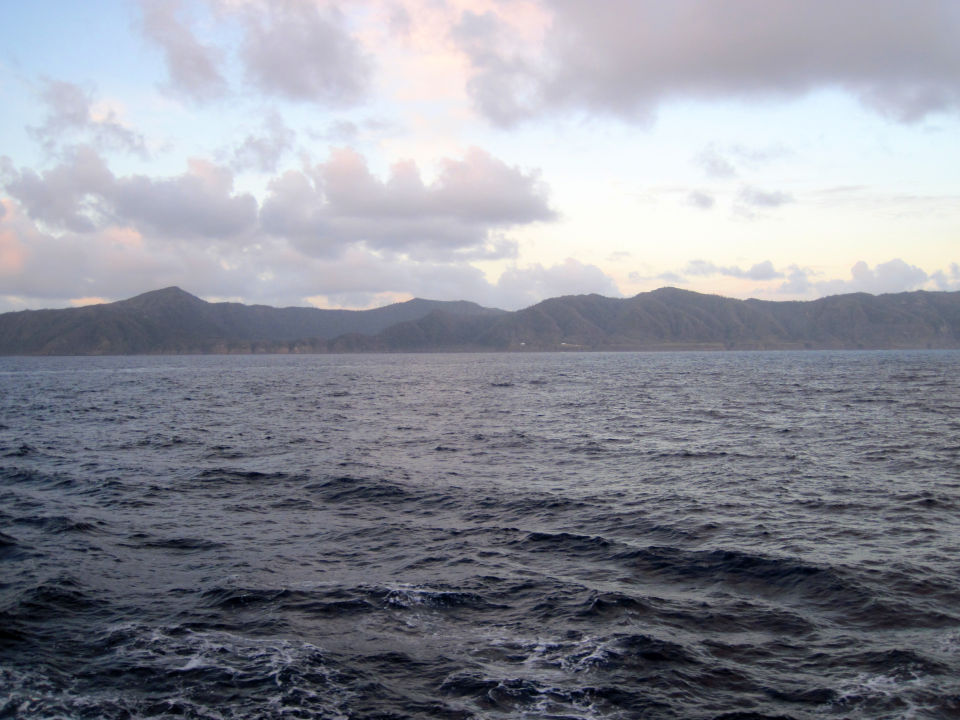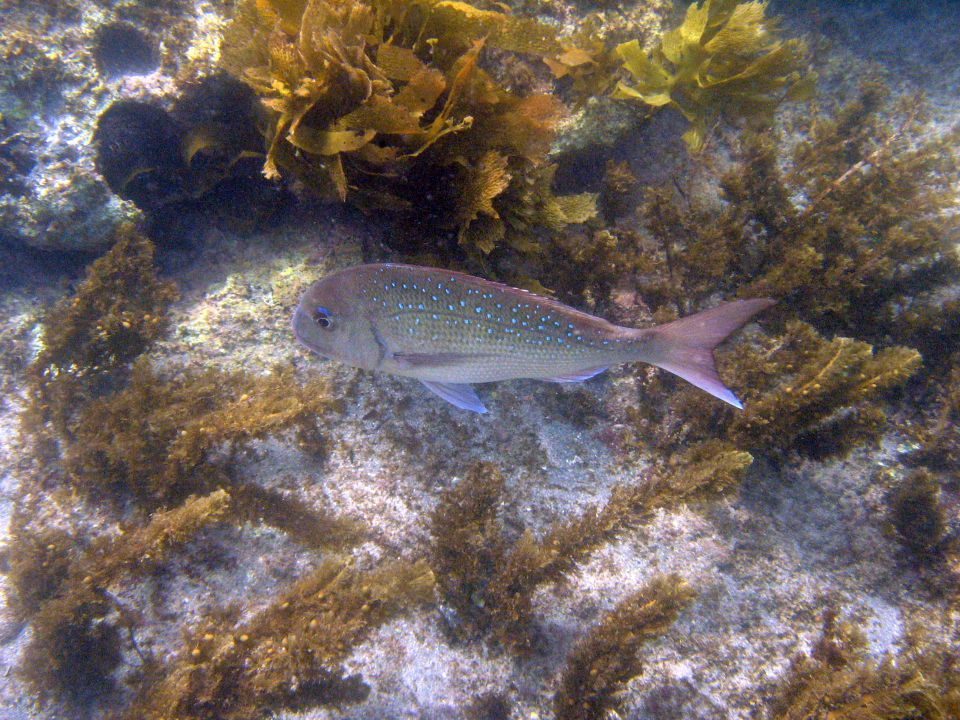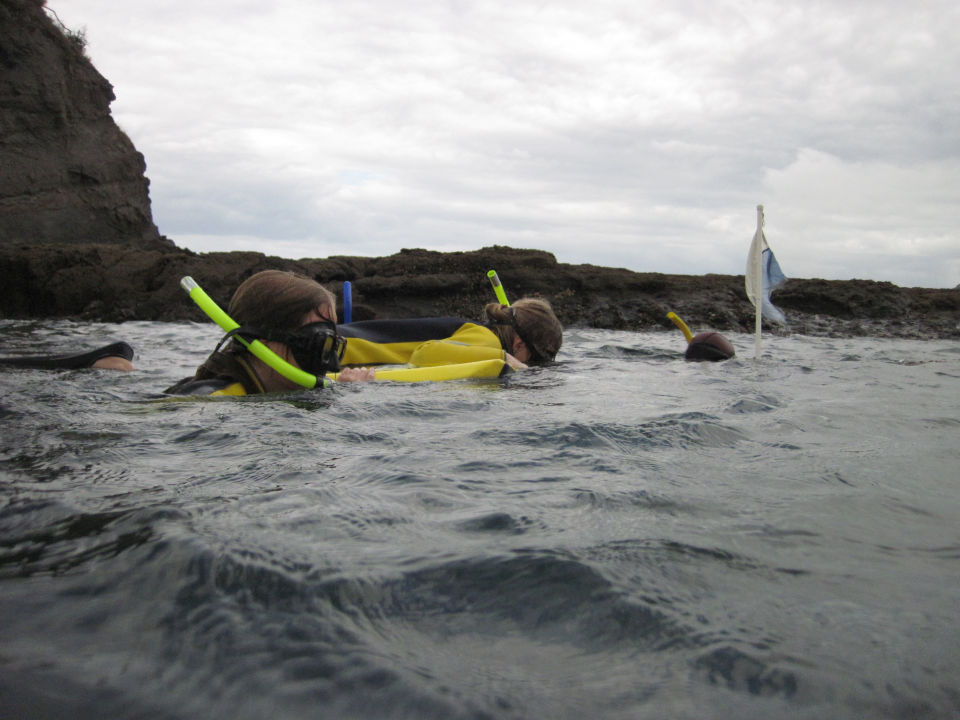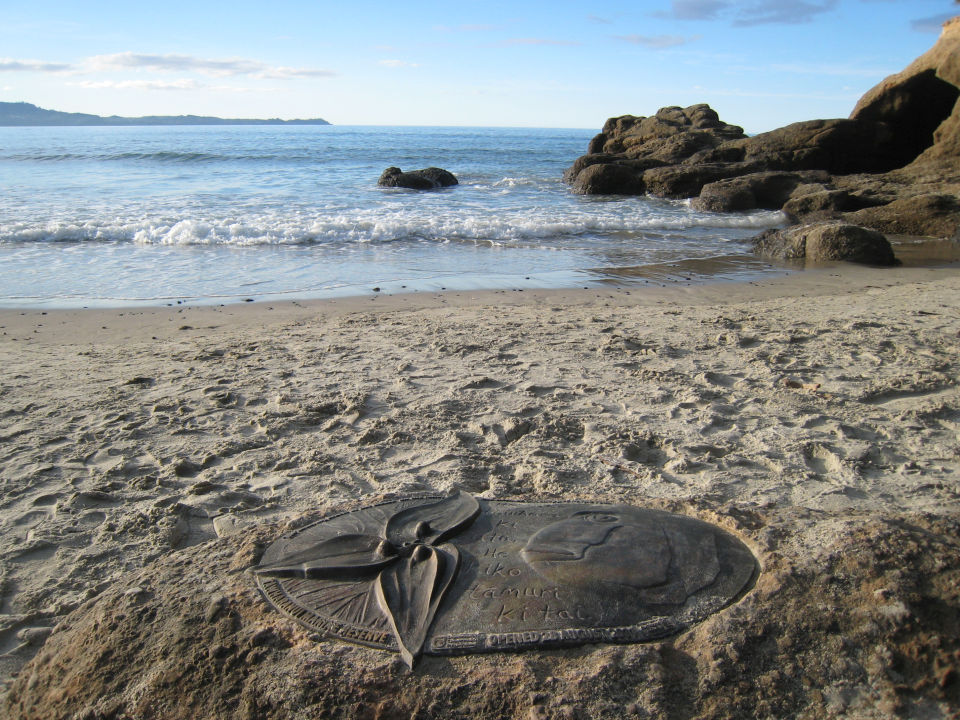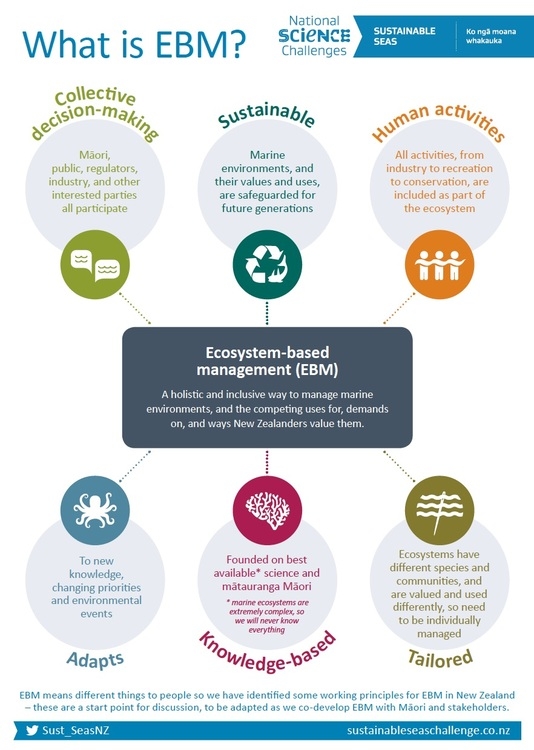The future of our oceans and marine reserves
The oceans are facing many challenges and an uncertain future. Oceans regulate the climate and provide natural services to life on Earth. Climate change, overfishing, sedimentation and pollution are threatening the health of oceans.
Marine reserves can protect habitats and species at all levels of an ecosystem. They conserve biodiversity, increase populations and restore environments. No-take marine reserves are one of the major parts of marine conservation. But they are not enough on their own to balance all the changes our oceans are experiencing. We need a range of conservation measures to protect the future health of marine ecosystems.
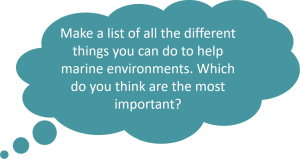
A future focus
Future focus is thinking about the future to predict what could happen and what the affects might be. You can think about different possible futures, both positive and negative. This can help you think about how decisions and actions in the present can shape future results.
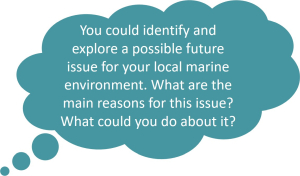
What is kaitiakitanga?
Kaitiakitanga is protection or guardianship. It is a way of thinking about and looking after the environment to help maintain the balance of everything within it.
In Te Ao Māori, humans have a responsibility to keep the physical and spiritual balance of the environment intact. Traditional ways of managing hunting and fishing ensured enough resources went to the next generation. This maintained the mana and mauri of ancestral land.
Kaitiaki
Kaitiaki are tangata whenua who have responsibility through ancestral connections to protect and look after an area’s resources. They work with the living and non-living parts of the environment to act as kaitiaki.
Kaitiaki help to restore ecosystems through a holistic approach. They recognise the interconnectedness of all things. They look after the environment to help maintain the balance of everything within it. They do this with their cultural, historical, spiritual and traditional knowledge and skills.
Becoming a kaitiaki is a process that gets handed down and managed through iwi members and kaumatua. This varies according to region and tribal customs.
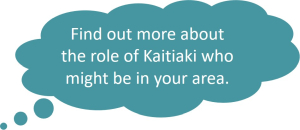
Ecosystem-based management
In the future, we will need many tools to preserve the health of the marine environment. Marine protected areas will be an important part of marine conservation. But as the population increases and there are more demands and impacts on oceans, other forms of ocean protection will be vital. Marine spatial plans are a way for the public and groups in the community to manage the use of the marine environment and its resources. They balance human needs with ecosystem health.
- For more information, go to the Ecosystem Based Management background page from the LEARNZ Sustainable Seas field trip website.
- Ready for a quiz? Try The Future of Marine Reserves activity.

